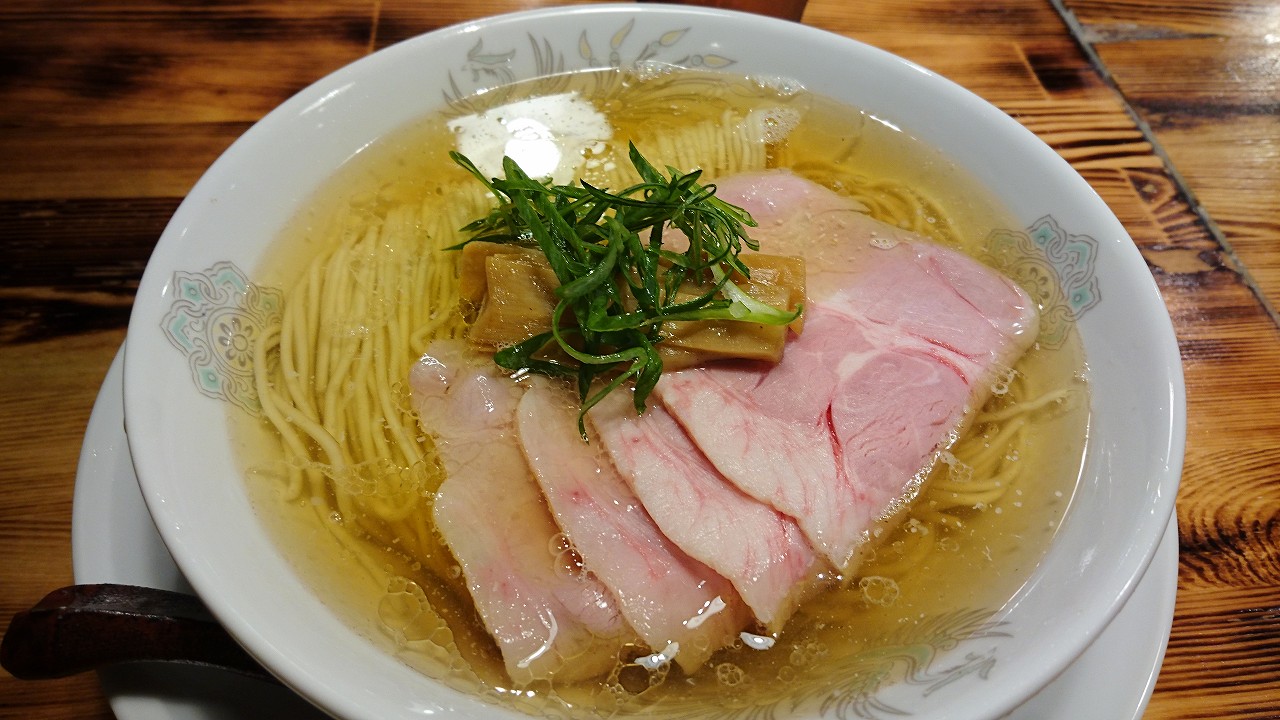Hi, this is Yuyujin.
There are a lot of “Wo(を)” in the previous lesson.
Kore Wo Kudasai
(これをください。)
I will have this. / Give me this.
Watashi Wa Sushi Wo Taberu
(わたしはすしをたべる。)
I eat Sushi.
Today I would like to introduce Japanese postpositional particle “Wo(を)”.
Let’s get started.
The postpositional particle “Wo(を)” indicates an object of movement.
The object of movement includes a starting point of movement and a route of movement.
I will show you some examples.
“Noun + Wo(を)”
Watashi Wa Anata Ni Pureszento Wo Ageru
(わたしはあなたにプレゼントをあげる。)
I give a present to you.
Here “Ageru(あげる)” means “give”.
“Purezento(プレゼント)” is an object of “Ageru(あげる)” .
Here “Ni(に)” is also another postpositional particle that is introduced before.
“Ni(に)” indicates the direction.
“Anata Ni (あなたに)” means ” to you”.
You can exchange “Ni(に)” to “E(へ)”.
Watashi Wa Anata He Puresento Wo Ageru
(あなたはあなたへプレゼントをあげる。)
I give a present to you.
Watashi Wa Suteki Wo Taberu
(わたしはステーキをたべる。)
I eat steak.
“Taberu(たべる)” means “eat”.
“Suteki(ステーキ)” is an object of “Taberu(たべる)”.
Watashi Wa Ie Wo Deru
(わたしはいえをでる。)
I go out from home.
“Deru(でる)” means ” go out”.
“Ie(いえ)” is a starting point of “go out”.
Watashi Wa Michi Wo Wataru
(わたしはみちをわたる。)
I go across the road.
“Wataru(わたる)” means “go across”.
“Michi(みち)” is a route of “go across”.
Watashi Wa Hon Wo Yomu
(わたしはほんをよむ。)
I read a book.
“Yomu(よむ)” means “read”.
“Hon(ほん)” is an object of “read”.
OK, that’s it.
Thank you so much.
Have a good trip!



コメント